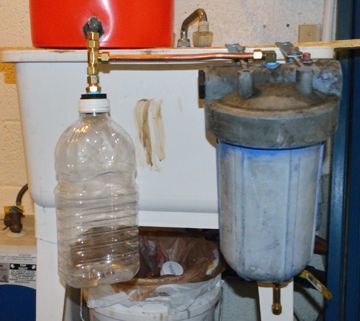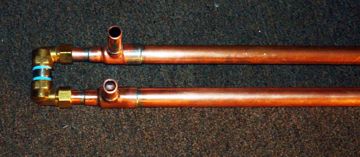plastic waste
thats awsome l like that condensers l try to make somthing like that with ice thanks for pictures thanks every one . l have last question did someone know if l make l litre of oil from plastics pp pe ps what are the percentage of disiel gasoline wax parafin and petroulum? because l dont want to pay expensive electricity and produce little fuel thanks every one
thats awsome l like that condensers l try to make somthing like that with ice thanks for pictures thanks every one . l have last question did someone know if l make l litre of oil from plastics pp pe ps what are the percentage of disiel gasoline wax parafin and petroulum? because l dont want to pay expensive electricity and produce little fuel thanks every one







Comment